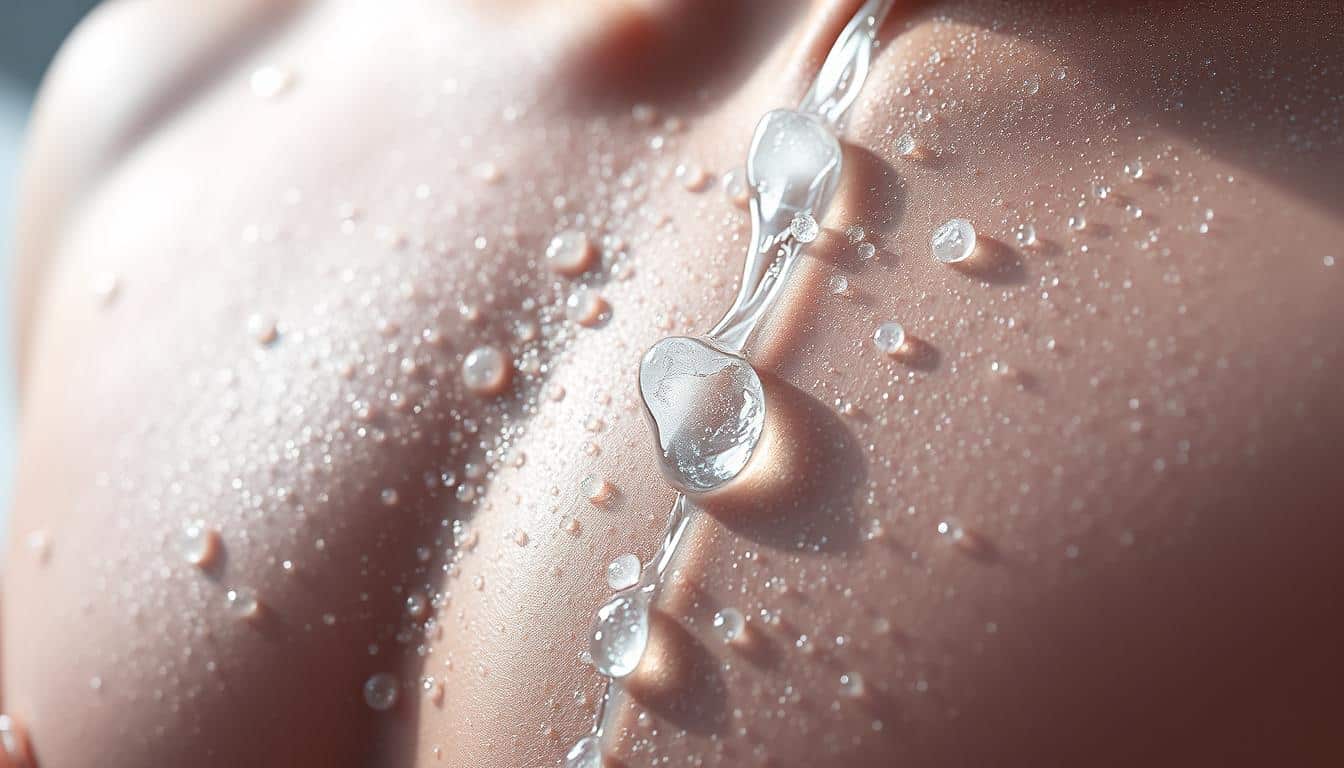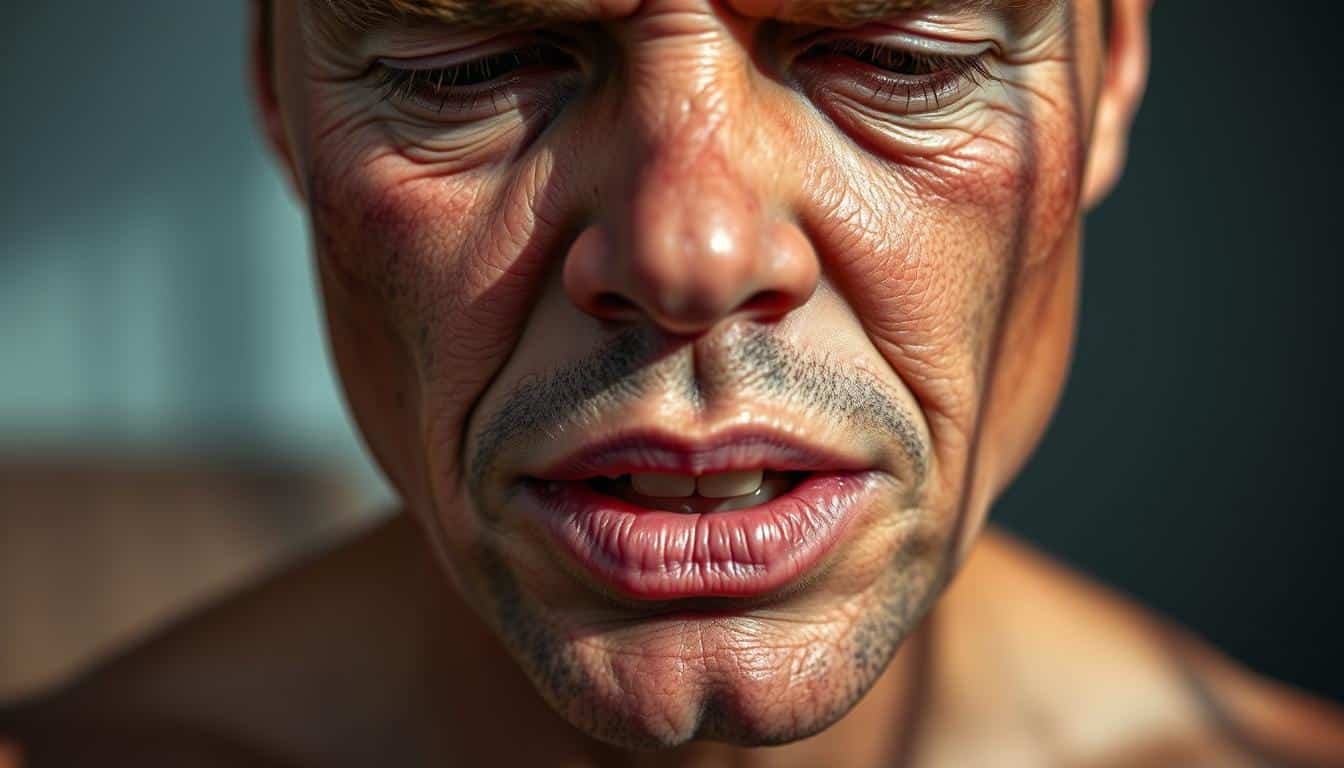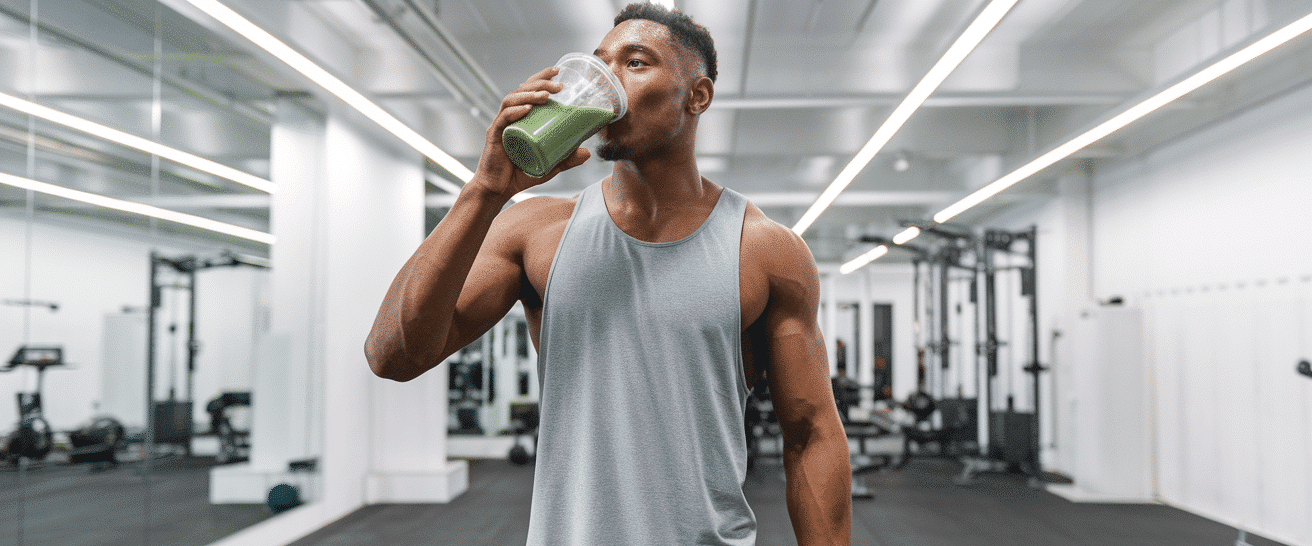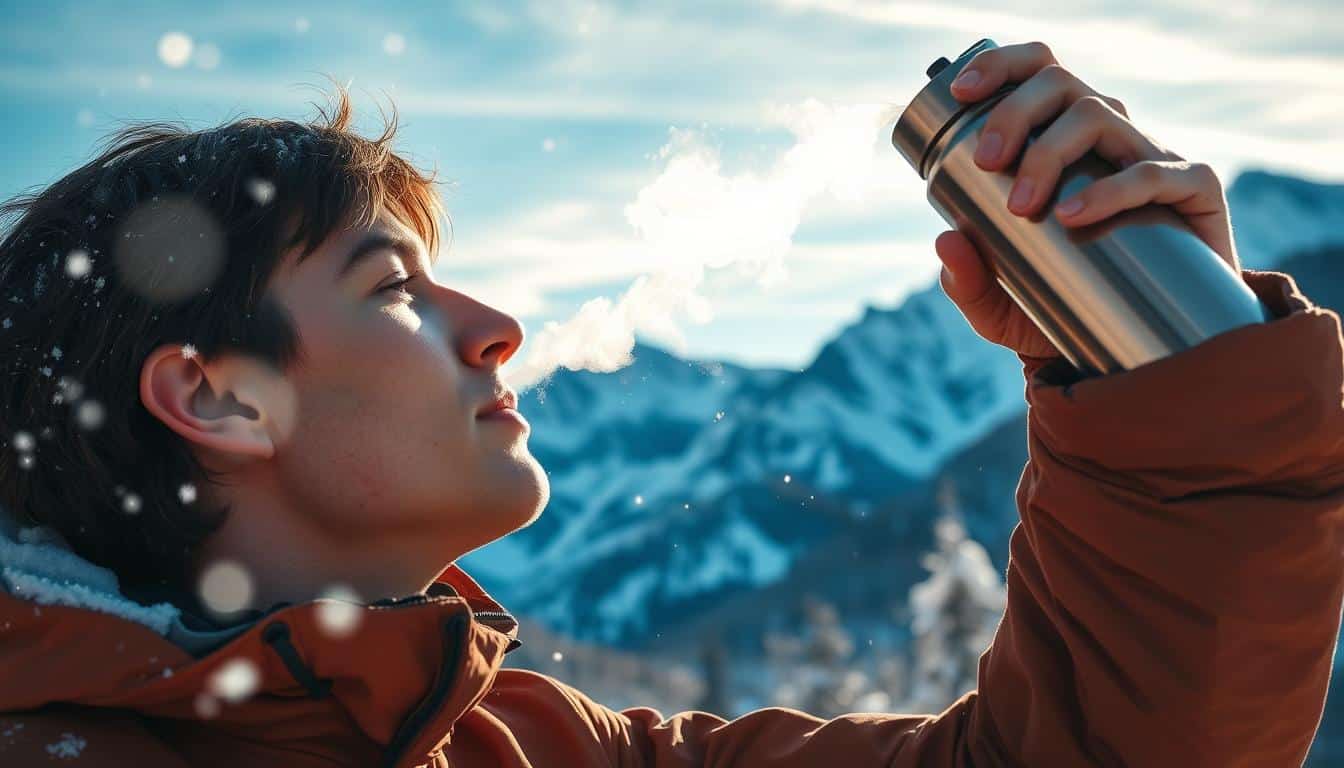Did you know 40% of runners underestimate their fluid needs in temperatures below 40°F? Your body works harder than you realize when exercising in crisp air, even if you don’t feel sweaty. That’s why winter athletes often face dehydration risks without noticing until performance drops.
Many assume thirst disappears when thermostats dip. But here’s the twist: breath vapor and layered clothing cause fluid loss comparable to summer sessions. Your muscles still need water to function optimally, whether you’re trail-running or cross-country skiing.
We’ve got straightforward fixes that blend into your existing routine. Simple habits like pre-fueling with warm liquids or timing intake every 20 minutes make all the difference. You’ll maintain energy levels without carrying bulky gear or disrupting your rhythm.
This guide focuses on actionable strategies tailored for frosty conditions. From choosing the right insulated bottles to recognizing subtle dehydration signs, we’ll help you stay sharp through every snowy mile. Let’s make this your most energized season yet.
Understanding Fluid Loss in Cold Weather

Ever finish a winter workout feeling drained but not thirsty? Your body’s fluid balance works differently when temperatures drop. Brisk air and heavy layers create hidden challenges—even if you don’t feel drenched in sweat.
Why Your Thirst Lies to You
Frigid conditions trigger your body to prioritize warmth over hydration signals. Blood shifts toward vital organs, making your brain think you’re properly fueled. This survival mechanism masks dehydration risks until energy crashes hit.
| Activity | Duration | Sweat Rate (oz/hour) |
|---|---|---|
| Trail Running | 1 hour | 24 |
| Cross-Country Skiing | 2 hours | 20 |
| Snowshoeing | 1.5 hours | 18 |
Track What You Can’t See
Use this method to find your personal sweat rate:
- Weigh yourself naked before exercising
- Note every ounce you drink mid-activity
- Re-wearnaked post-workout
Plug numbers into this formula: (Pre-weight – Post-weight in lbs) x 16 + Fluid Consumed = Total Loss. Divide by session hours for your hourly rate. A 150-pound runner dropping 2 pounds and drinking 16 oz over two hours loses 24 oz hourly.
Identifying Signs and Symptoms of Dehydration

What does your body whisper before it screams for water? Even seasoned athletes sometimes miss subtle clues their system needs attention. Let’s decode those signals together.
Physical Indicators to Watch For
Your skin and lips don’t lie. If they feel dry or cracked, it’s time to reach for fluids. Early fatigue during exercise—like hitting a wall sooner than usual—often means dehydration is already impacting performance.
Check your urine color post-workout. Pale yellow means you’re on track; dark amber shouts “drink now!” A racing heart during recovery? That’s another red flag your system needs support.
Monitoring Changes Before and After Workouts
Track three key metrics daily:
- Morning weight (after bathroom use)
- Urine color chart comparisons
- Resting heart rate trends
Notice a 2% weight drop? That’s when performance dips start. Pair this data with how you feel mid-activity. If your energy crashes or focus fades, adjust your fluid intake that day.
Keep a simple log on your phone. Note what you drank hourly and any physical changes. Patterns emerge quickly, helping you prevent issues before they derail your progress.
Hydration During Cold Weather Training
Winter workouts trick your body into thinking it’s fine—until it’s not. While snow-covered trails might feel refreshing, your muscles and brain still need fluids to perform. Many active people assume frosty air means lower sweat rates, but research shows fluid loss remains similar to warmer conditions.
Three key factors make winter hydration unique:
- Breath vapor steals moisture with every exhale
- Insulated bottles freeze faster than you’d expect
- Layered gear makes frequent drinking inconvenient
Your thirst response weakens in chilly environments, so waiting until you’re parched puts you behind. Pro athletes use scheduled sipping—every 15-20 minutes—to maintain peak function. Discover best hydration drinks for athletes that work in sub-zero temps.
Why Consistency Beats Quantity
Small, frequent sips beat gulping large amounts. This approach prevents stomach sloshing during high-intensity intervals. Warm herbal teas or electrolyte-infused options help maintain core temperature while replenishing fluids.
Track your intake with these simple methods:
- Mark bottle measurements with tape
- Set phone reminders every mile or 20 minutes
- Use a thermal flask that fits your gear
Remember: Proper fluid balance supports focus during technical terrain navigation. Whether you’re skiing backcountry trails or running urban paths, smart hydration habits keep your body responsive all season.
Building a Practical Hydration Plan
A smart strategy beats guesswork every time—especially when temperatures plummet. Let’s break down how to create routines that fit your lifestyle while meeting your body’s demands. Start by tracking your baseline: weigh yourself each morning and note how different activities affect your needs.
Pre-Workout Prep Made Simple
Begin every session with 17 ounces of water or electrolytes 60 minutes beforehand. This gives your system time to absorb fluids without feeling bloated. Pair this with a snack containing sodium to boost retention.
Smart Sipping Strategies
Carry an insulated bottle with marked measurements. Aim for 4-6 ounces every 15 minutes, even if thirst hasn’t kicked in. For sessions over 90 minutes, alternate between water and drinks with carbohydrates or electrolytes.
| Phase | Timing | Amount |
|---|---|---|
| Preparation | 60 mins pre-exercise | 17 oz |
| Active | Every 15-20 mins | 4-6 oz |
| Recovery | Within 30 mins post | 17 oz |
Track Progress, Not Perfection
Use urine color checks and energy levels as feedback tools. If you finish workouts feeling sharp with pale yellow urine, your plan works. Adjust amounts gradually based on workout intensity and environmental factors.
Making Hydration Enjoyable
Staying fueled shouldn’t feel like a chore—even when frost nips at your nose. We’ve got tasty solutions that turn routine sipping into something you’ll crave. Let’s rethink how you approach fluid intake when thermometers drop.
Flavor Boosters That Work
Plain H2O gets old fast. Try these easy upgrades:
- Drop citrus slices or frozen berries into your bottle
- Mix cucumber with mint for a refreshing twist
- Add a splash of 100% fruit juice to spark interest
These tweaks help satisfy your taste buds while keeping you on track. You’ll reach for your drink more often without added sugars or artificial ingredients.
Warm Sips for Winter Wins
Herbal teas and broth-based soups do double duty. They warm your hands while delivering essential fluids. Try ginger-lemon infusions or cinnamon-spiced apple cider in insulated tumblers during outdoor sessions.
| Beverage | Prep Time | Benefits |
|---|---|---|
| Honey Lemon Water | 2 mins | Boosts immunity, easy digestion |
| Peppermint Tea | 5 mins | Calms stomach, caffeine-free |
| Vegetable Broth | 10 mins | Replenishes sodium, warms core |
Post-workout hot cocoa (made with low-sugar dark chocolate) becomes a reward you’ll anticipate. Remember: Enjoyment drives consistency. When you look forward to your drinks, hitting daily goals feels effortless.
Ensuring Easy Access to Fluids During Training
What’s slowing you down mid-run? Often, it’s not your fitness—it’s fumbling with frozen caps or stiff zippers. The right gear turns sipping into a seamless part of your routine, not an interruption.
Gear That Keeps Up With You
Insulated bottles are game-changers. They prevent ice chunks from forming, even in single-digit temps. Start with lukewarm water—it stays liquid longer than cold options. For hockey players or skiers wearing gloves, soft silicone bottles squeeze easily without grip struggles.
Consider these options based on your activity:
| Sport | Best Choice | Why It Works |
|---|---|---|
| Trail Running | Handheld Flask | Ergonomic grip, fits under jackets |
| Snowshoeing | Backpack Reservoir | Tube stays warm near body heat |
| Ice Climbing | Insulated Thermos | Prevents freeze-ups during breaks |
Electrolyte mixes do double duty—they replenish minerals and resist freezing better than plain water. Set phone alerts every 20 minutes if you tend to forget. A quick sip keeps energy steady without stopping your flow.
Remember: Easy access means you’ll actually drink. Test different carriers during short sessions first. When your bottle feels like part of your gear, not a burden, you’ll stay fueled through every mile.
Conclusion
Ready to conquer frosty trails without dehydration slowing you down? You’ve now got science-backed tools tailored for winter sports. Tracking sweat rates and sipping smartly keeps your energy steady when temperatures drop.
Spotting early warning signs like persistent thirst or lagging stamina helps you adjust on the fly. Your personalized fluid strategy becomes second nature with practice—no complicated math required.
Warm herbal teas and marked bottles turn maintenance into moments you’ll actually enjoy. Whether you’re crushing mountain runs or weekend ski trips, these simple adjustments prevent performance dips.
Staying fueled in freezing conditions isn’t about willpower—it’s preparation meeting knowledge. Now you’re equipped to outsmart hidden fluid loss and own every snowy session. Time to layer up and show winter who’s boss.


